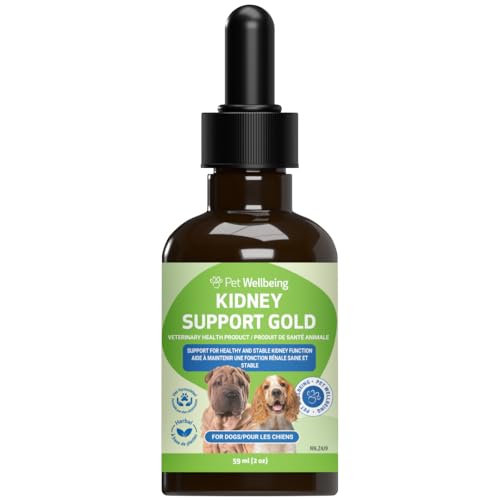




Begin with scent introduction. Allow the cat and the puppy to become familiar with each other’s scents by swapping their bedding or using a cloth to gently rub each animal and then letting the other sniff it. This simple step can ease their initial apprehension.
Establish a safe space for the little one. Ensure that there are areas where the feline can retreat, such as high perches or enclosed spaces, to feel secure. This helps to reduce stress and allows both pets to explore their new dynamic at their own pace.
Positive reinforcement can work wonders. When they are in the same room, reward both with treats for calm behaviour. This associates each other’s presence with good experiences, gradually fostering a sense of comfort and trust.
Controlled introductions are key. Use a baby gate or keep the puppy on a leash during initial meetings to prevent overwhelming the cat. Monitor their interactions closely, allowing them to get accustomed to one another without the risk of sudden movements or playfulness that could provoke fear.
Patience is paramount. Every animal has a unique personality and timeline. Celebrate small victories, and don’t rush the process. Over time, with consistent efforts, a harmonious relationship can bloom between the two.
Positive Reinforcement Techniques for Both Pets
Utilising treats effectively can create positive associations. Reward each animal with a small morsel when they exhibit calm behaviour around one another. This encourages a sense of safety and companionship.
Creating a Shared Experience
Engaging both animals in joint activities fosters bonds. Try playing with a toy that both can enjoy, ensuring each pet gets praise and treats during the interaction. This collaborative playtime enhances their comfort level and strengthens their relationship.
Training Sessions Together
Incorporate training sessions that include both pets. Teach simple commands like “sit” or “stay” and reward them when they respond correctly. This not only reinforces good behaviour but also builds teamwork and mutual respect between the two.
Consistency is key. Regularly practicing these techniques will yield better results over time. Patience and encouragement will lead to a harmonious environment for both animals.
Monitoring Body Language and Behavioural Cues
Pay close attention to the signals both animals send. Observing their body language can provide crucial insights into their feelings towards one another. For instance, a cat with ears flattened back, dilated pupils, or a twitching tail may be feeling threatened. Conversely, a dog displaying a relaxed posture, wagging tail, and soft eyes is usually expressing friendliness.
When introducing these two, create controlled interactions. Start with brief meetings in a neutral space. If the feline shows signs of distress, such as hissing or retreating, it’s vital to respect that space. Allow the dog to remain calm, avoiding direct eye contact, as it might be perceived as a challenge by the cat.
Watch for subtle behaviours. If the dog lays down with its belly exposed, it’s a sign of trust, which can help the cat feel more at ease. If the kitten approaches the dog, reward both with treats to reinforce positive experiences. Gradually increase the duration of these meetings, ensuring both are comfortable.
Never overlook the importance of a safe retreat for the cat. Providing high perches or hiding spots allows it to escape if needed, helping to build confidence. Create a routine that includes both pets, reinforcing a sense of normalcy.
Regularly assess their interactions. If one pet shows signs of discomfort, take a step back. Patience is key; progress may be slow. In the meantime, ensure the dog receives the best nutrition to support its well-being, like the best tasting renal dog food, which can contribute to a calm demeanor.
By continuously observing and adjusting based on their cues, a harmonious relationship can flourish. Keep the environment positive, and encourage gentle interactions, allowing both pets to develop trust over time.
Establishing Separate Territories for Comfort
Designating distinct areas for each pet promotes a sense of security and reduces stress. Start by selecting specific rooms or corners for the feline and canine companions. Ensure these spaces are equipped with their respective beds, toys, and feeding stations. This separation allows them to retreat and feel safe when needed.
Creating Safe Zones
Use baby gates or pet barriers to establish boundaries. This way, the furry friends can see and hear each other without direct contact, helping them to gradually acclimatise. Ensure the spaces are comfortable and familiar, filled with scents and items that belong to them. Rotate toys and bedding to keep the environment engaging and less monotonous.
Adjusting Over Time
As they grow more accustomed to each other, gradually allow supervised interactions in neutral zones. Monitor their reactions closely. If either pet exhibits signs of stress or discomfort, return them to their separate areas. This gradual approach prevents overwhelming either companion and fosters a more harmonious household.







